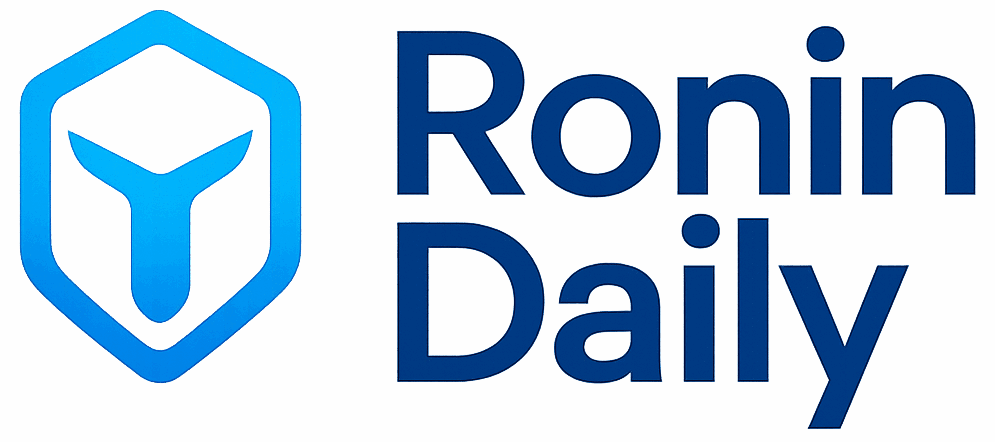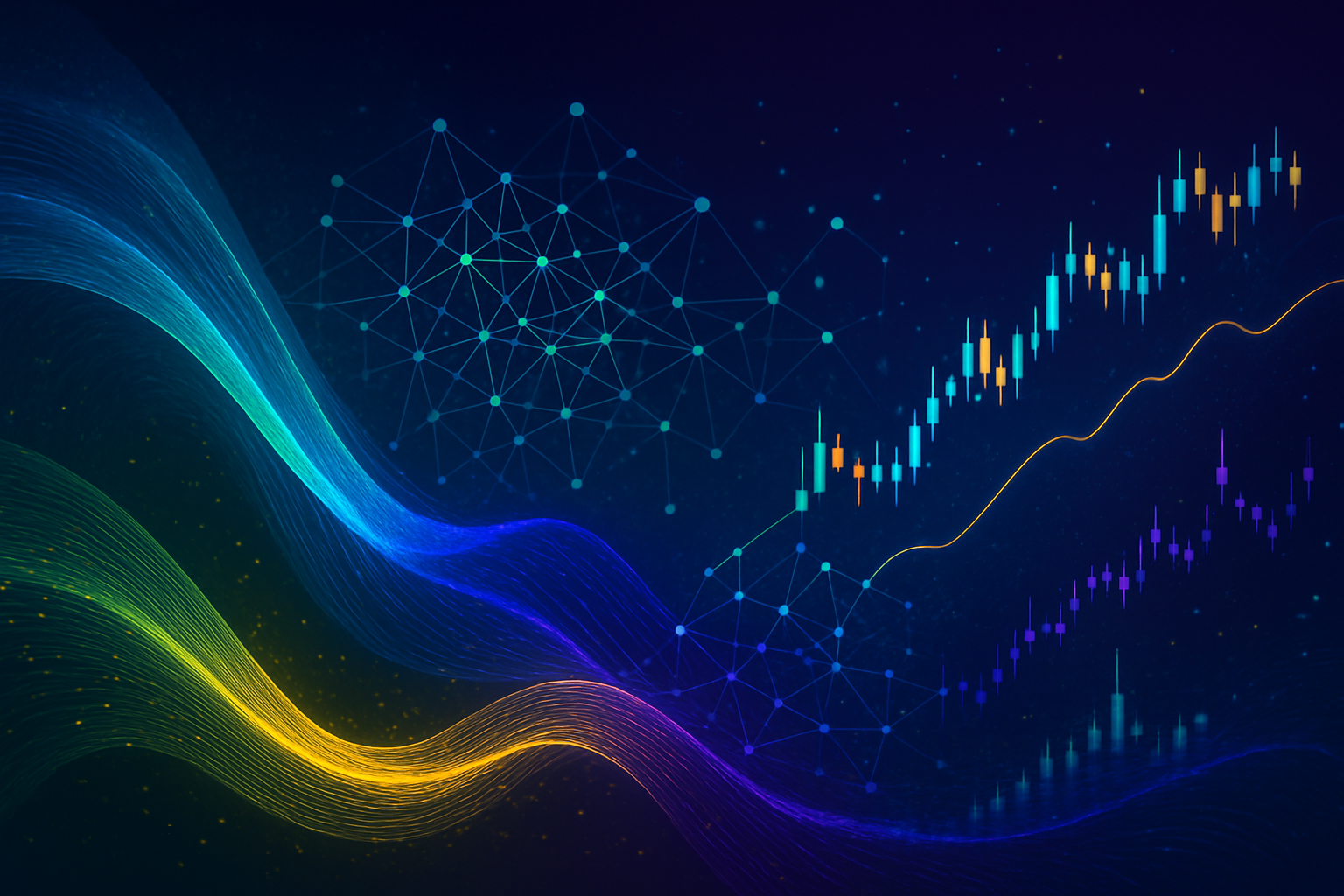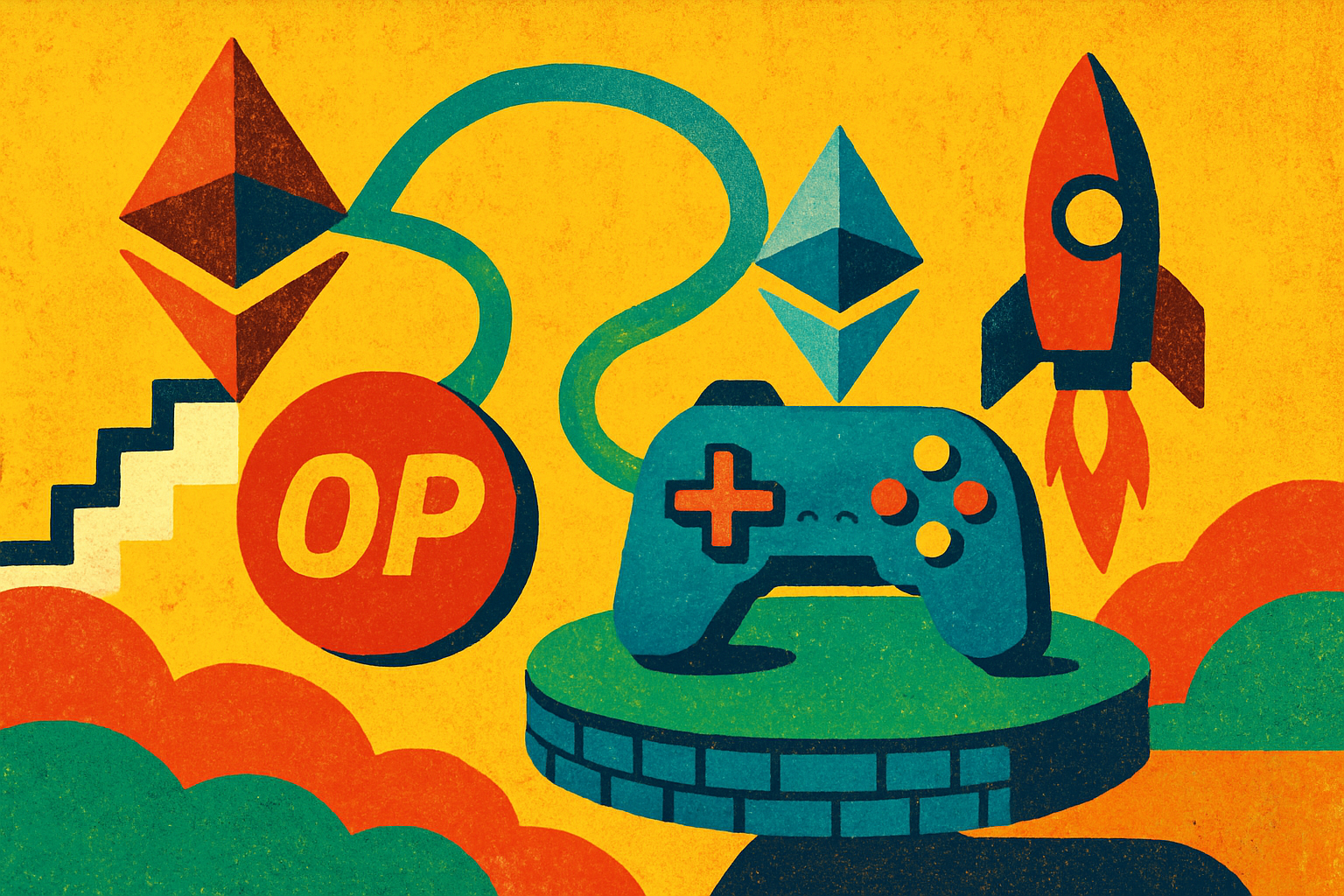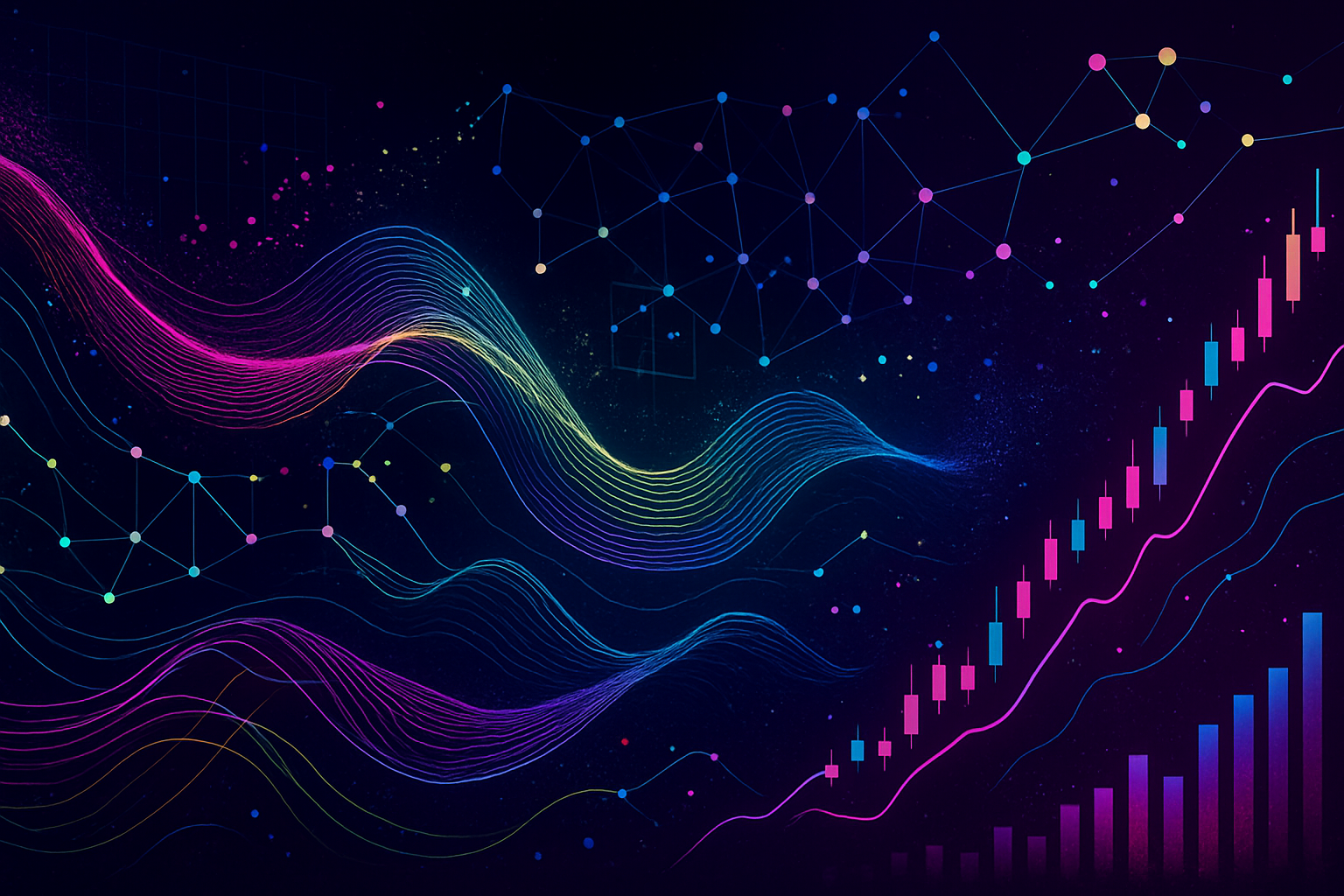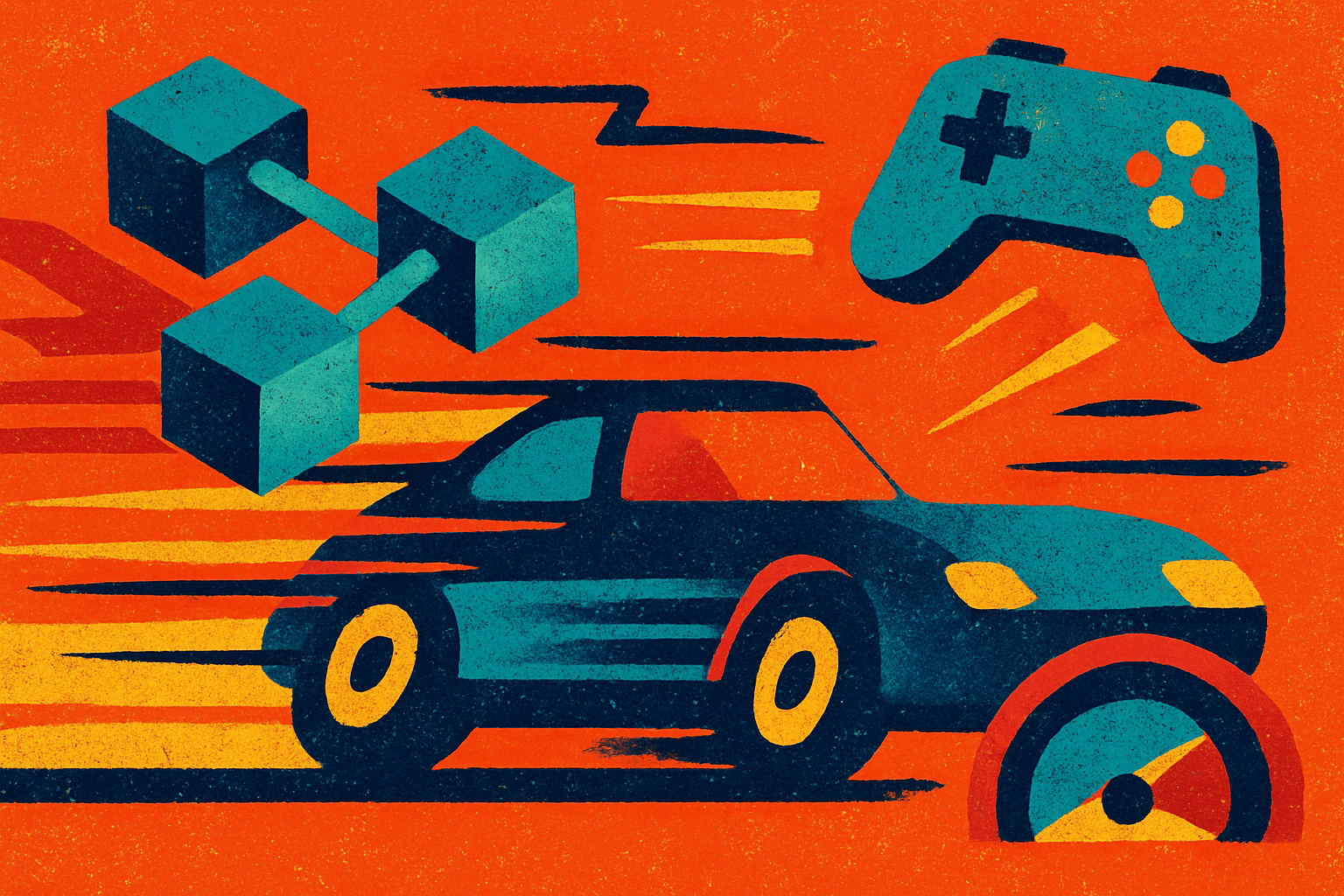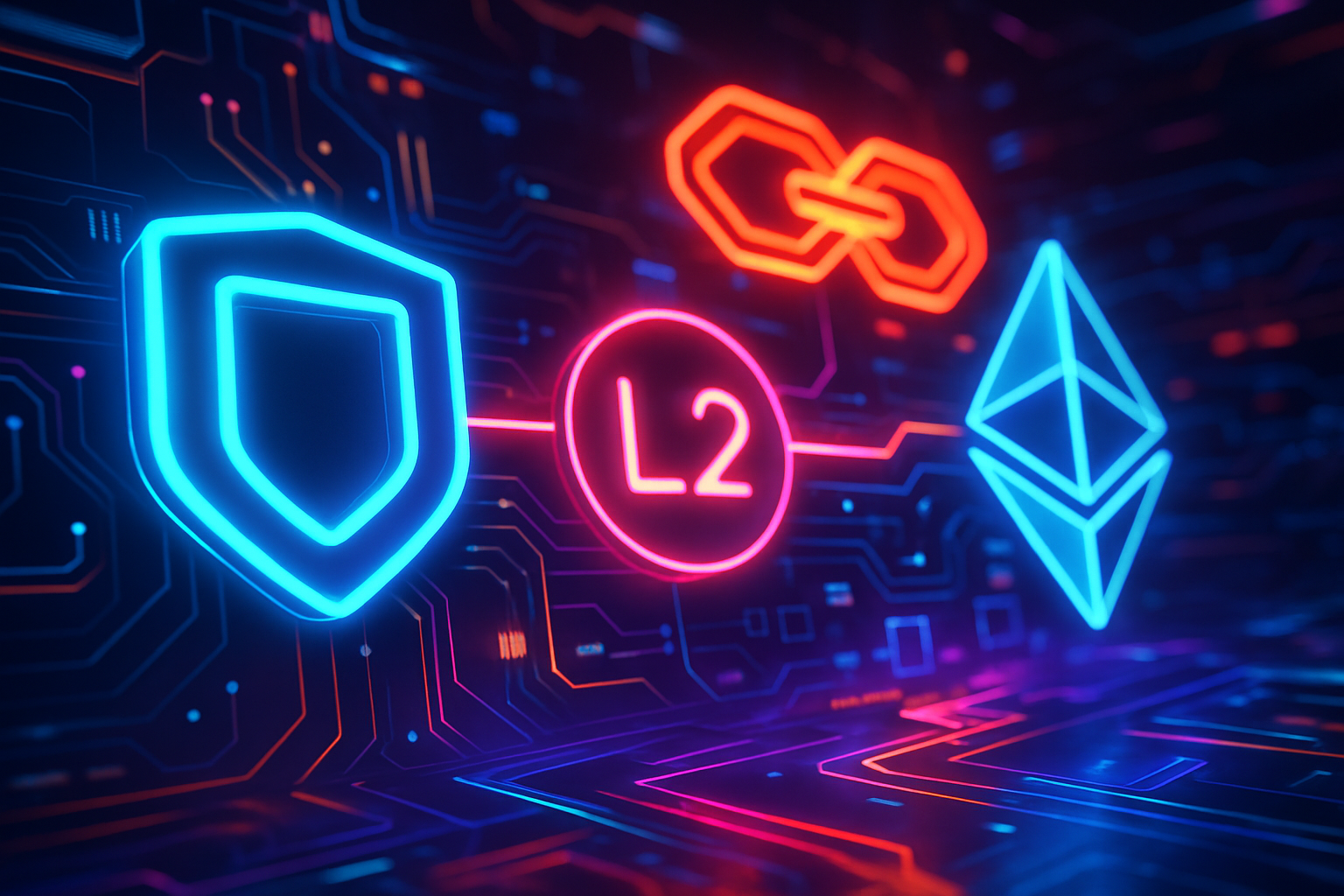
Ronin Network’s evolution from a specialized sidechain to a full-fledged Ethereum Layer 2 (L2) chain marks a pivotal moment for Web3 gaming. By integrating Optimism’s OP Stack, Ronin is not just upgrading its technical foundation but also redefining what’s possible for blockchain-based games and decentralized applications. Let’s explore how this transition will reshape scalability, security, and developer incentives across the GameFi landscape.
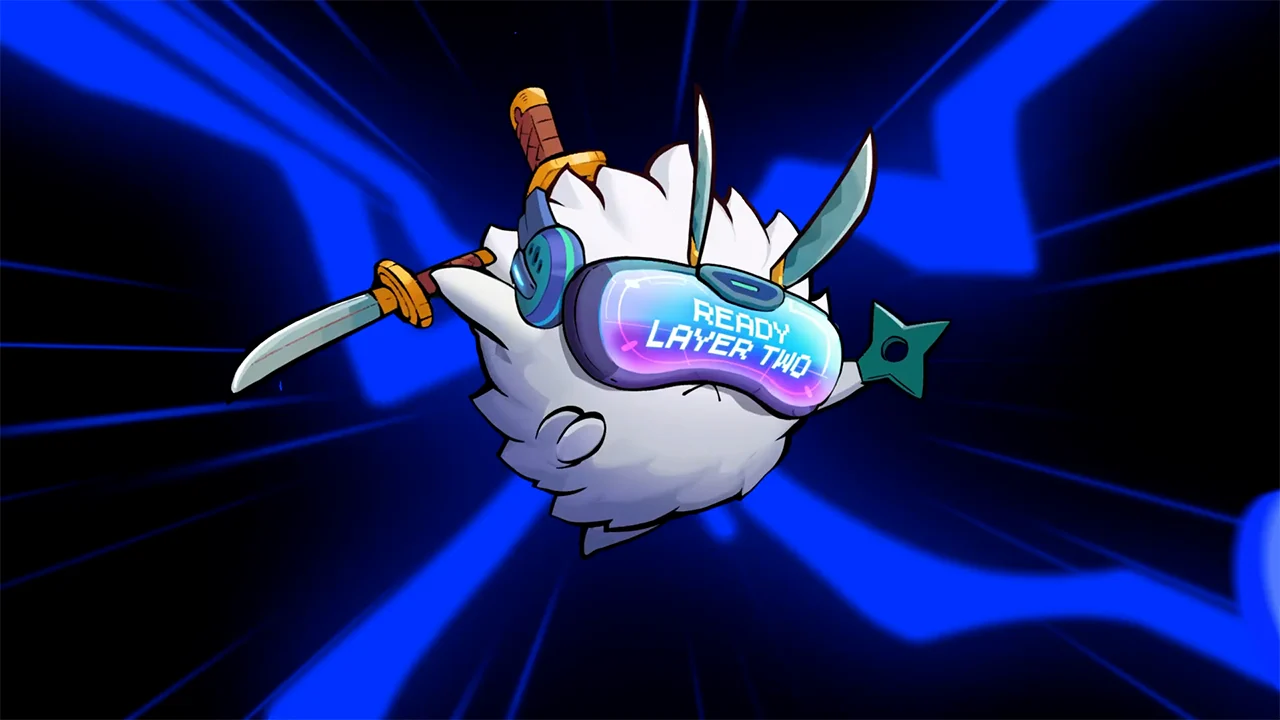
Ronin’s Ethereum L2 Upgrade: The Technical Leap
Historically, Ronin was engineered to support Axie Infinity with high throughput and low fees, but operated as a semi-isolated sidechain. Now, with the Ronin Optimism OP Stack integration, it leverages Ethereum’s security guarantees while massively boosting performance metrics. The upgrade delivers block times of 100,200 milliseconds, translating into near-instant in-game actions – a critical factor for real-time gameplay and complex on-chain economies.
This leap in speed is not theoretical. According to BanklessTimes, the migration enables up to 15x faster transactions compared to the previous architecture. Combined with EigenDA’s vertical scaling, Ronin can now process thousands of transactions per second – removing legacy bottlenecks that previously limited Web3 game design.
The Security Dividend: Decentralization Meets GameFi
The shift to an Ethereum L2 framework means Ronin now benefits from Ethereum’s mature security protocols. The OP Stack introduces permissionless verification, allowing anyone to validate transactions and thus decentralizing network trust further than ever before. This is particularly meaningful for Web3 gaming, where asset integrity and user trust underpin entire economies.
As exploits and hacks remain top concerns in blockchain gaming, this security upgrade will be central to onboarding mainstream audiences who demand robust protection for their digital assets.
Supercharging Developer Incentives and Ecosystem Integration
The Ronin Layer 2 scalability upgrade isn’t just about performance; it comes with substantial financial backing. Supported by $5–$7 million in milestone grants from the OP Foundation and partners like Eigen Labs and Boundless Foundation, these funds are earmarked for accelerating network development, subsidizing data availability costs, and rewarding active contributors within the ecosystem.
This incentive structure aims to attract both established studios and indie developers seeking reliable infrastructure for deploying next-generation GameFi titles or DeFi integrations within gaming worlds. By joining the Superchain ecosystem through the OP Stack, Ronin taps into seamless interoperability with other Layer 2s – opening new avenues for liquidity sharing, cross-chain asset movement, and collaborative game mechanics.
Current Market Data: Context Matters
The timing of this transition is notable given current market dynamics: Ethereum (ETH) trades at $4,477.39, reflecting renewed confidence in scalable smart contract platforms. As transaction fees on mainnet fluctuate with usage spikes, solutions like Ronin rollups are essential for keeping user experiences affordable without compromising on speed or security.
For developers and studios, the Ronin OP Stack integration means streamlined access to Ethereum’s liquidity and a broader user base, while retaining the low-cost, high-speed environment essential for Web3 gaming. This is a decisive advantage in today’s competitive GameFi landscape, where seamless onboarding and frictionless asset transfers are no longer optional, they’re expected by both players and creators. The Ronin Ethereum L2 upgrade thus positions the network as an attractive launchpad for new titles and innovative mechanics that rely on rapid settlement and composability.
Key Benefits of Ronin’s Move to Ethereum L2 with Optimism OP Stack
-
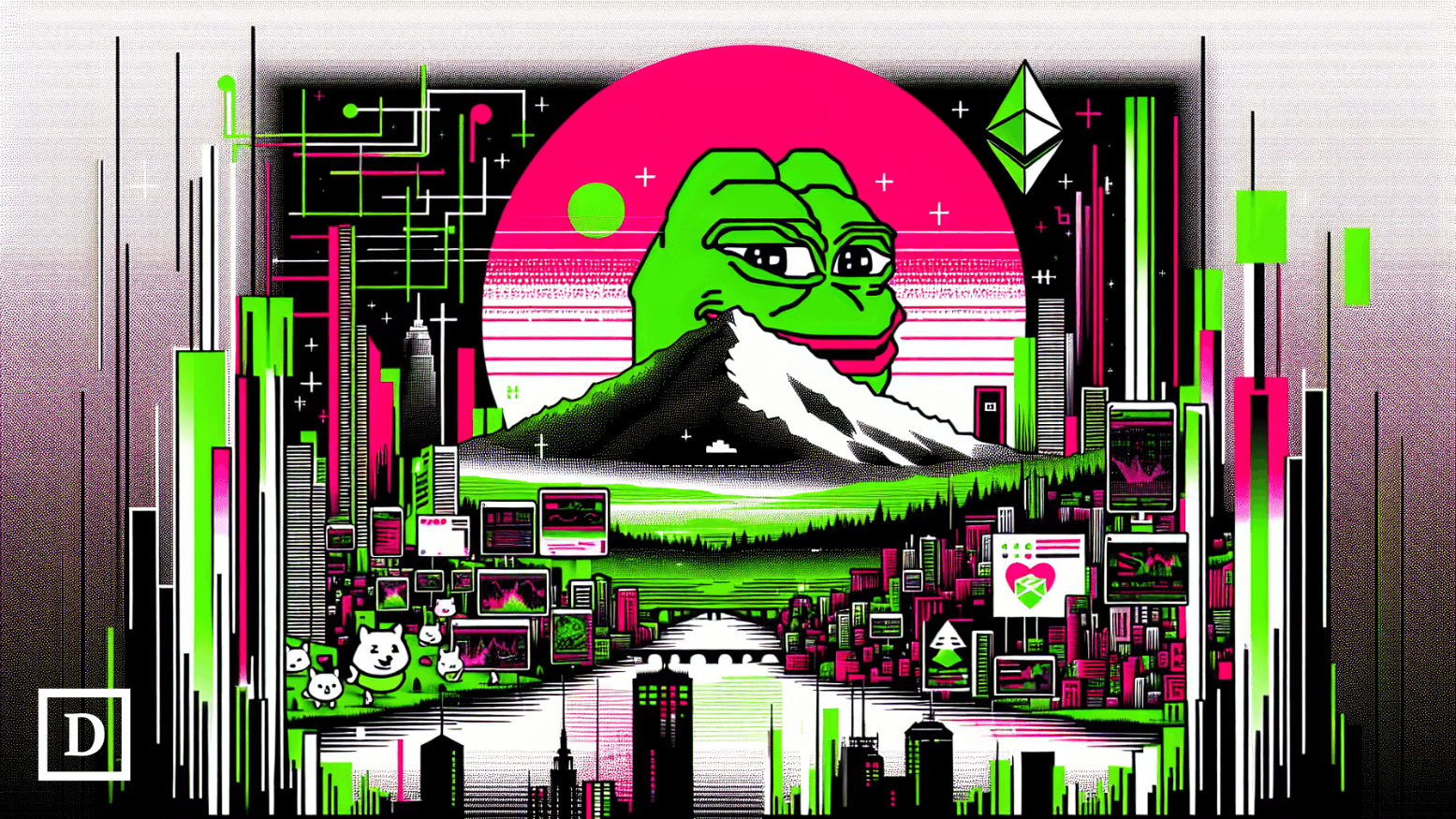
15x Faster Transaction Speeds & Enhanced Scalability: Ronin’s adoption of Optimism’s OP Stack enables block times as fast as 100–200 milliseconds and supports thousands of transactions per second, delivering near real-time gameplay and eliminating bottlenecks for Web3 gaming.
-
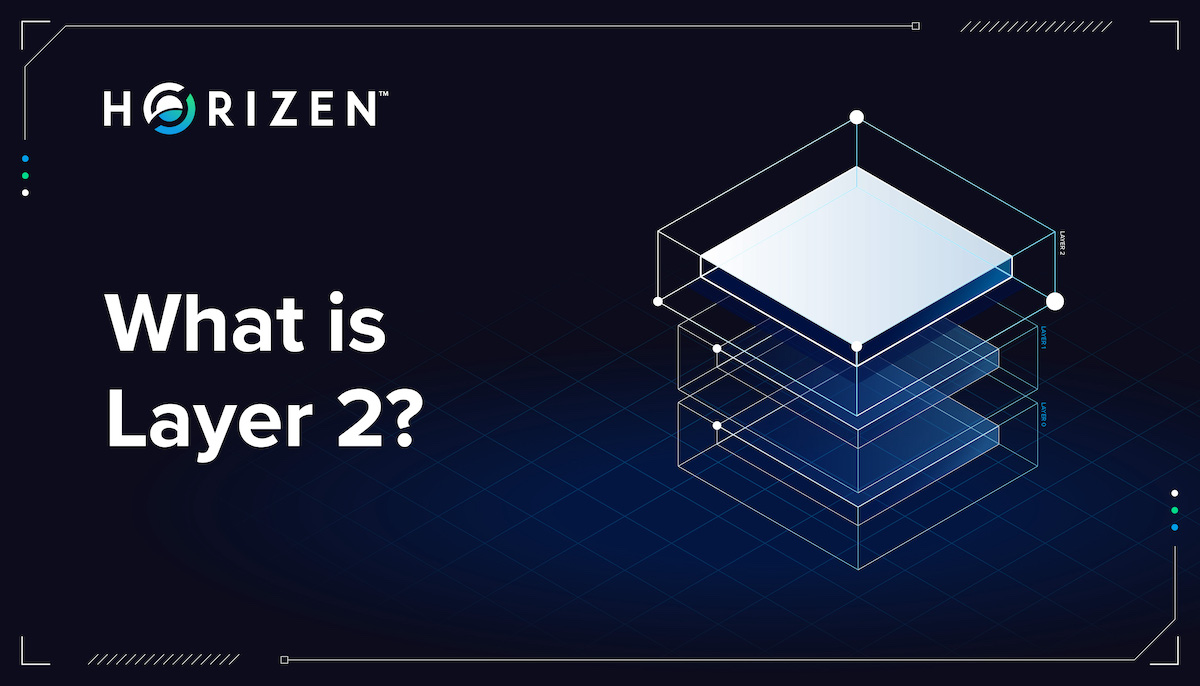
Strengthened Security via Ethereum’s Protocols: By transitioning to an Ethereum Layer 2, Ronin leverages Ethereum’s robust security model and permissionless verification, reducing the risk of exploits and increasing user trust.
-
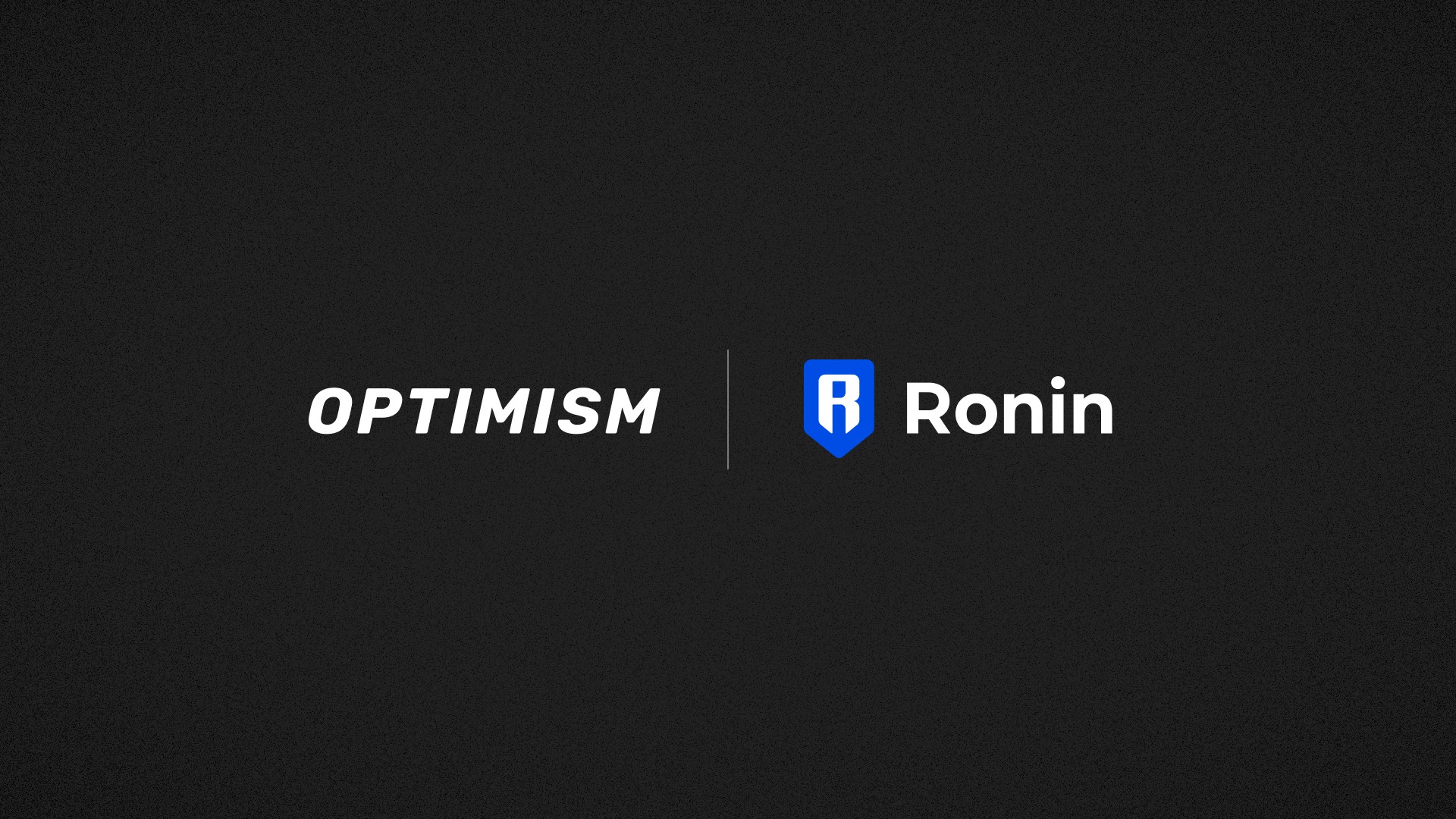
Access to $5–$7 Million in Ecosystem Grants: The migration brings $5–$7 million in milestone-based grants from the OP Foundation, Eigen Labs, and Boundless Foundation, supporting network development and incentivizing the Ronin community.
-
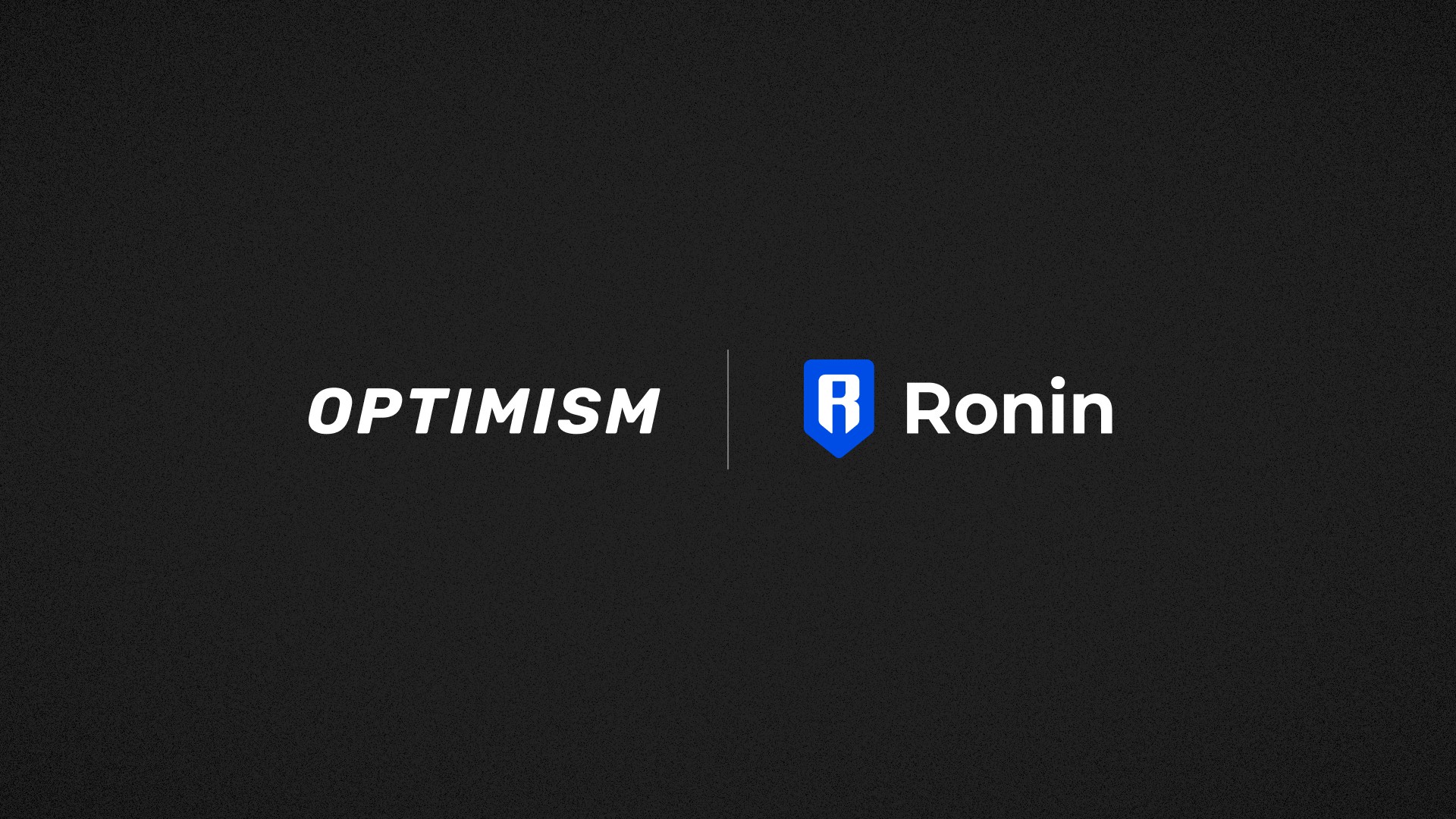
Integration with the Superchain Ecosystem: Joining the OP Stack connects Ronin to Optimism’s Superchain, enabling seamless interoperability with other Layer 2 networks and expanding access to Ethereum’s liquidity and decentralized applications.
-
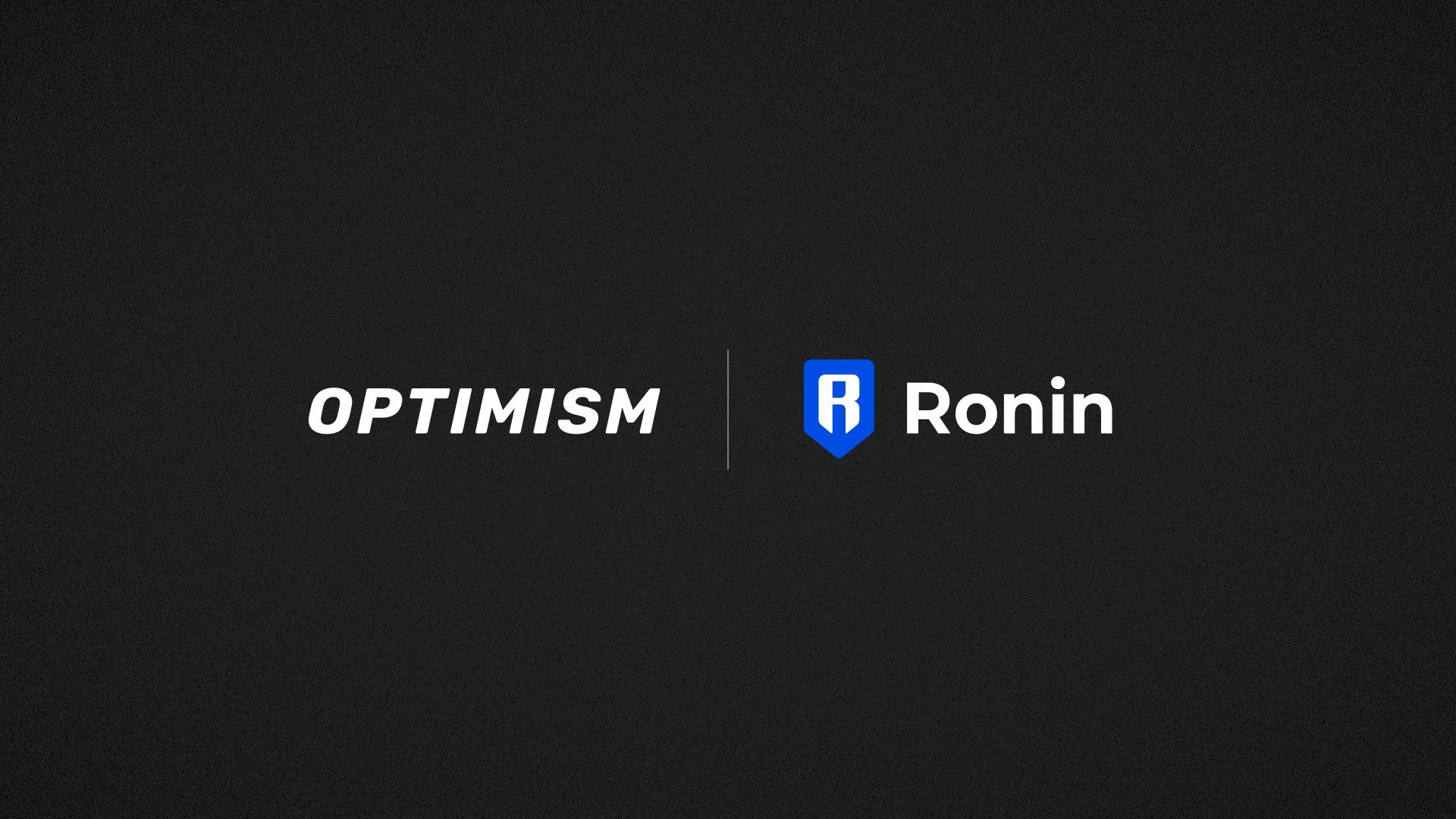
Improved Developer Experience & DApp Compatibility: Developers gain access to a mature, EVM-compatible infrastructure, simplifying the creation of complex Web3 games and allowing for greater asset and application interoperability.
Beyond technical improvements, this upgrade also has strategic implications for existing flagship games like Axie Infinity. With Axie Infinity Ronin L2, developers can implement more complex economies, experiment with dynamic NFTs, and offer richer on-chain interactions without worrying about congestion or prohibitive fees. The improved infrastructure supports not only higher transaction throughput but also greater experimentation in tokenomics and player-driven governance models.
Critically, by aligning with Optimism’s Superchain vision, Ronin strengthens its position within a collaborative Layer 2 ecosystem rather than operating in isolation. This means that as new standards emerge across the Superchain, whether for cross-chain NFT transfers or shared liquidity pools, Ronin games will be among the first to benefit from collective innovation. It’s a move that future-proofs the network against siloed development and positions it at the heart of Ethereum’s evolving rollup-centric roadmap.
What Does This Mean for Web3 Gaming Scalability?
The practical impact of these upgrades is already being felt across the industry. Transaction speeds now rival those of traditional gaming platforms, reducing lag to imperceptible levels even during peak usage. Developers no longer need to compromise between decentralization and user experience, Ronin Layer 2 scalability ensures both are achievable at scale.
For end users, this translates into smoother gameplay, instant transactions for in-game assets, and enhanced security when trading or staking valuable NFTs. By leveraging permissionless verification and robust developer incentives, Ronin is setting a new bar for what GameFi communities can expect from blockchain infrastructure.
It’s worth noting that this transition comes at a time when demand for scalable solutions is surging alongside Ethereum’s price stability at $4,477.39. As more games migrate or launch directly on Ronin’s upgraded network, we can expect transaction volumes, and by extension overall ecosystem value, to rise significantly.
Looking Ahead: The Next Era of GameFi on Ronin
The move to an Optimism-powered Layer 2 marks only the beginning of Ronin’s journey as a foundational pillar in blockchain gaming. As interoperability deepens within the Superchain and developer grants fuel new projects, watch for an influx of titles leveraging Ronin rollups to deliver unprecedented speed, security upgrades, and creative gameplay loops.
This isn’t just an incremental improvement, it’s a redefinition of what Web3 gaming infrastructure can achieve when scalability meets composability at scale. For anyone building or investing in GameFi today, monitoring how these upgrades unfold will be crucial to staying ahead of market trends.
